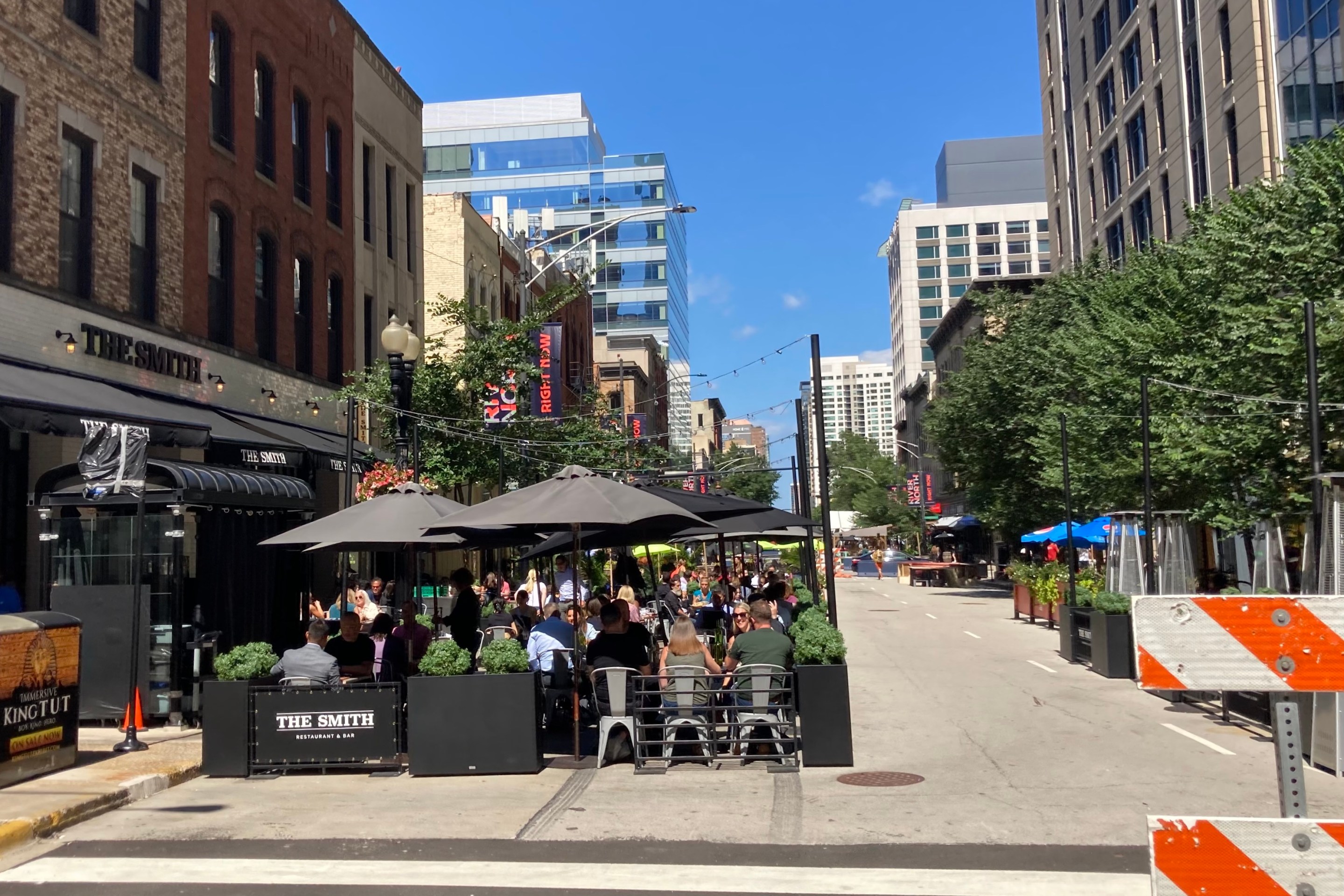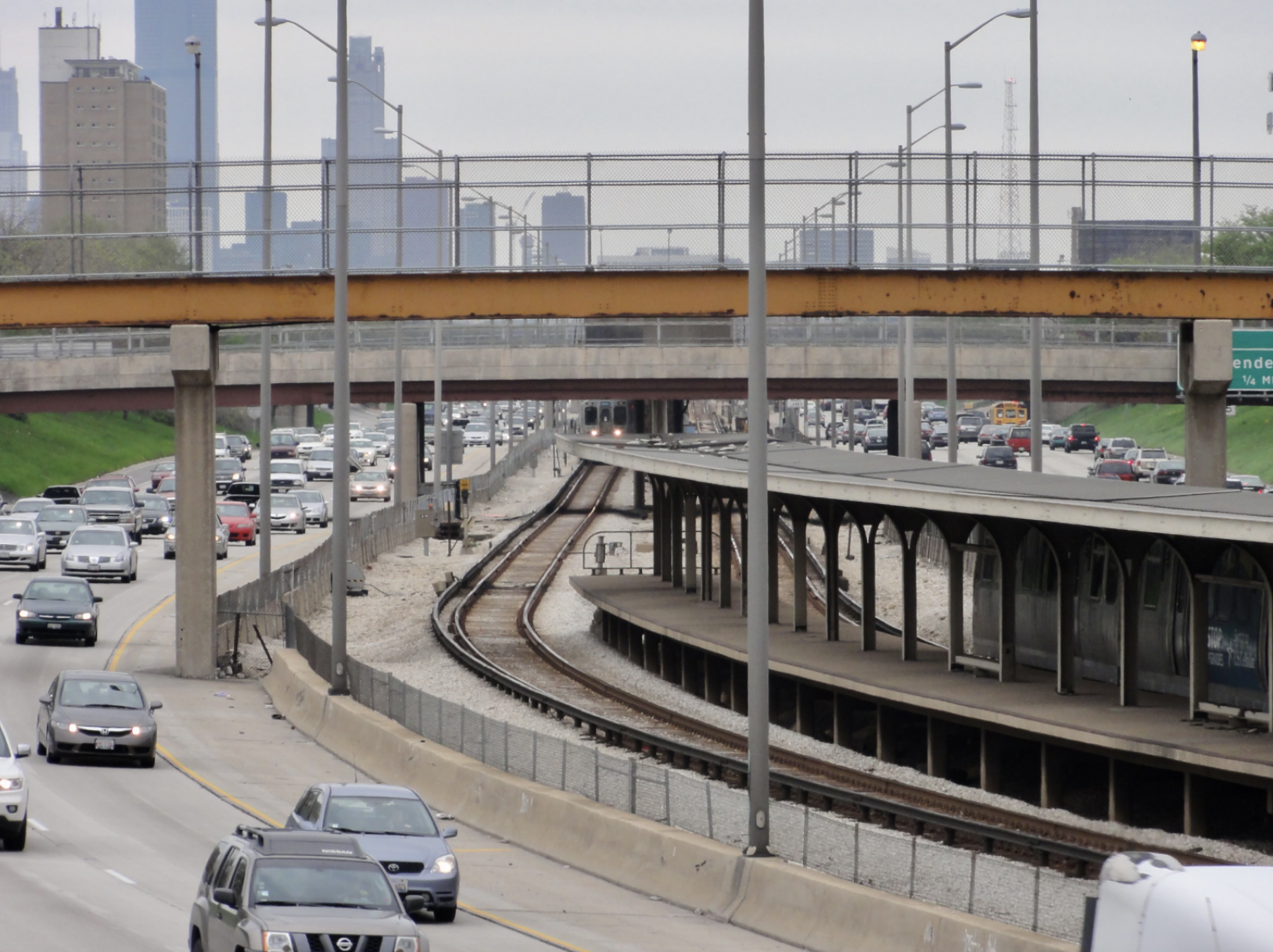Let's step back from the discussion about how Chicago is implementing rapid bus routes and take a long view of how transit in Chicago might transform if these first BRT routes are successful.
First, how will we know Chicago's BRT lines are a success? The best measurement is how many new riders are attracted. After bus enhancements are implemented on Ashland and Western avenues, the CTA predicts that transit's share of all trips on these streets could increase anywhere from 21 percent to 107 percent. These new riders would be attracted by the speed and better reliability exclusive lanes provide.
So if Chicago plays its cards right and builds high-quality BRT, the share of transit trips could more than double on Ashland and Western.
In some cities, in fact, BRT has proven so popular that the bus routes are being converted to higher-capacity rail lines to accommodate all the demand. Such is the case in Ottawa, Ontario.
The Canadian capital launched its first busway segment in 1983 and completed the 16-mile Transitway network, most of which is grade-separated, in 1996. The Transitway had a weekday ridership of 244,000 in 2011 – by comparison, Metra carried 296,000 people each weekday on over 400 miles of track.
Reaching speeds of over 50 mph – seen only on Blue and Red Lines in Chicago – the Transitway buses attracted so many riders, Ottawa is looking to replace the busy downtown segment with light rail, as Yonah Freemark explained at the Transport Politic:
...Ottawa was too successful, encouraging the city’s citizens to take an average of 125 trips by public transportation a year, more than any equivalently-sized North American city. The transitway has so many riders that it puts 2,600 daily buses onto two downtown streets, and by 2018, the system will have literally no more capacity.
The light rail, known as the Confederation Line, will convert downtown's congested, surface-grade bus routes into a transit tunnel. Ottawa has now purchased 34 trains that will be built in New York to run on an eight-mile section of the Transitway, including through a tunnel under downtown, where the most bus congestion occurs.
Might BRT in Chicago lead to light rail in the future? John Krause, the executive director of Chicago Streetcar Renaissance, is calling for a return to surface rail. He pointed out that Ottawa's overall population density is less than half of Chicago's, while Chicago has some neighborhoods that are many times more dense than Ottawa. "The question is, at what level of population density, transit ridership, and traffic congestion is it smart to upgrade from BRT to light rail?" he said.
The Ottawa story shows that, in many ways, the old "bus tires vs. rail track" debate doesn't matter -- if you make a good system, people will ride it. But it also shows that if Chicago succeeds in building world-class BRT, it might not stay BRT forever.





